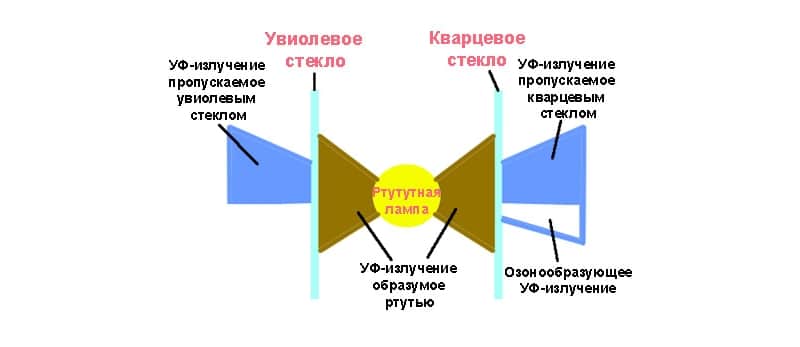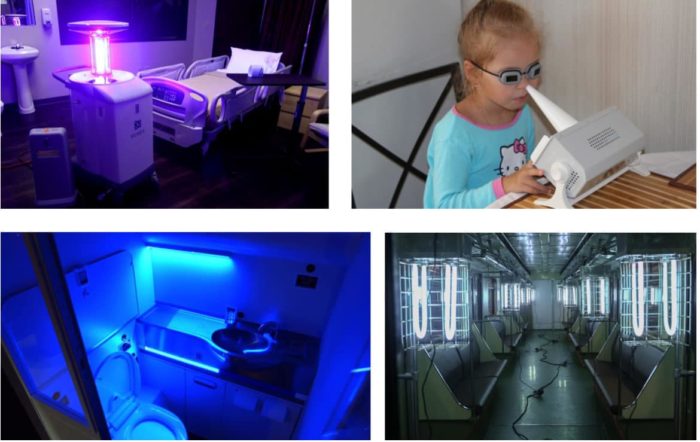Differences between quartz bulb and ultraviolet bulb
Quartz and ultraviolet lamps are used to disinfect rooms and surfaces. However, despite the similar purpose, they have differences, on which depends the choice in a particular situation.
What is the difference between a UV lamp and a quartz lamp
Quartz and ultraviolet elements function on a similar principle, emitting waves of the same range. Both devices are designed to generate ultraviolet radiation.
The main difference between a quartz lamp and an ultraviolet lamp is that the latter produces softer radiation that has virtually no harmful effects on humans. Quartz elements are more aggressive when applied to the skin, eyes and internal organs.
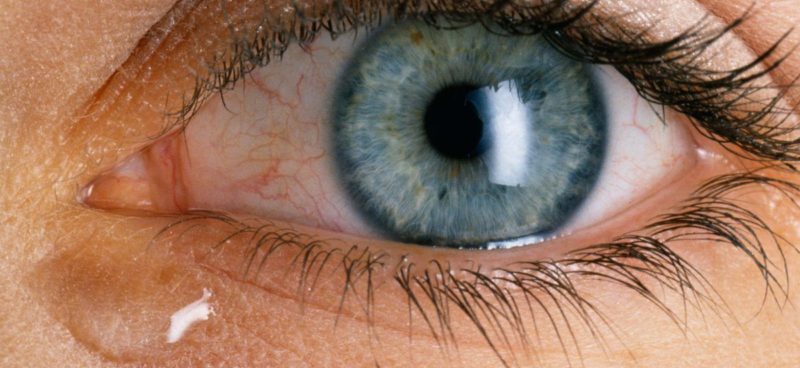
Determine which lamp is better can only be based on the specific conditions of use and tasks to be performed. More common are bactericidal lamps whose radiation is safer. Quartz elements require more care and therefore are less popular.
How the lamps are used
Both elements are designed to generate ultraviolet radiation. Therefore, the areas of use are similar and are mainly concerned with disinfection and disinfection. But there are differences that are worth considering.
Quartz
Quartz elements are highly active, but require increased attention to safety measures. They are used in professional environments, not in household emitters.
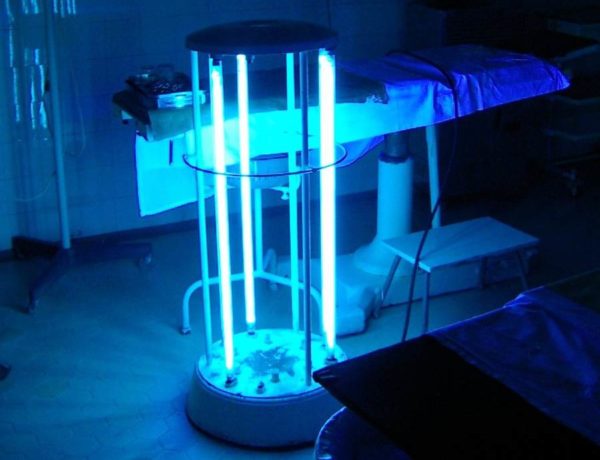
Application:
- Disinfection of medical equipment or rooms;
- removal of undesirable microorganisms from water and food;
- therapeutic procedures related to diseases of the throat, ear canal and respiratory tract;
- wound care in surgery;
- treatment of skin diseases.
Ultraviolet
The ultraviolet elements are less active, but just as effective in treating rooms and removing microorganisms. Radiation is difficult to cause serious harm, so the elements are also used in the home. They are integrated into air purifiers, filters and vacuum cleaners.
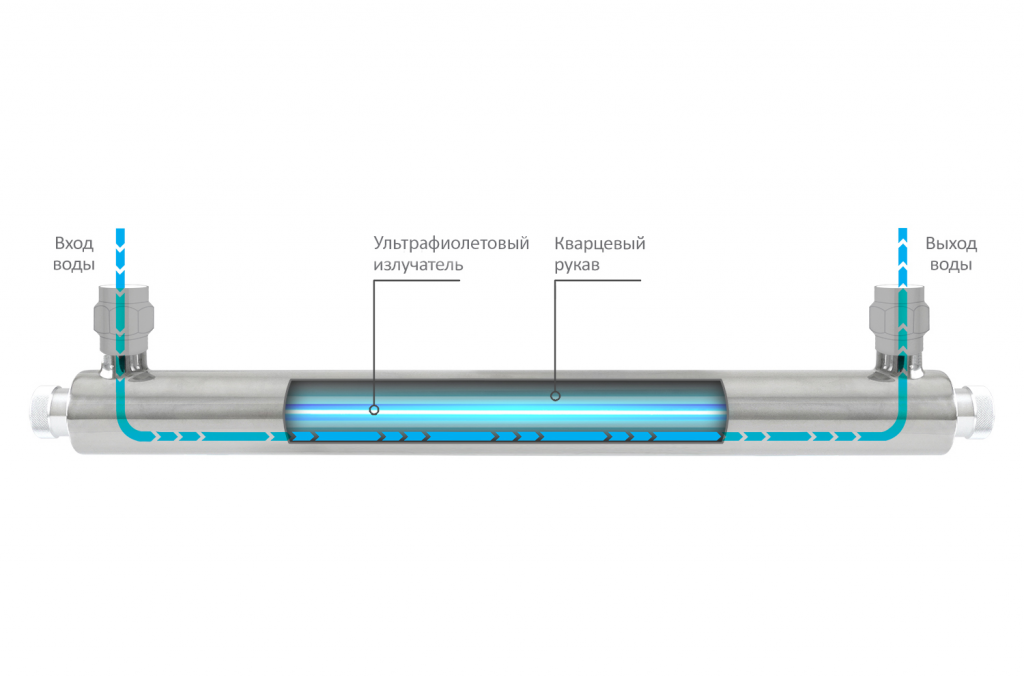
Ultraviolet emitters are used for:
- purification of air in an enclosed space;
- disinfection of water and products;
- removal of microorganisms from surfaces;
- prevention of skin diseases.
Despite their relative safety, protective measures should not be neglected. Exposure to UV light for too long may cause visual impairment or allergic skin reactions.
How to Choose a Lamp
When choosing a UV lamp, pay attention to the materials, intensity and principle of operation.
Quartz elements are effective for disinfection. The ozone formed in the process easily copes with bacteria, but exceeding the dose can be harmful to humans. The element is suitable for hospitals and premises from which it is easy to remove people for the duration of treatment (warehouses, production halls, etc.).
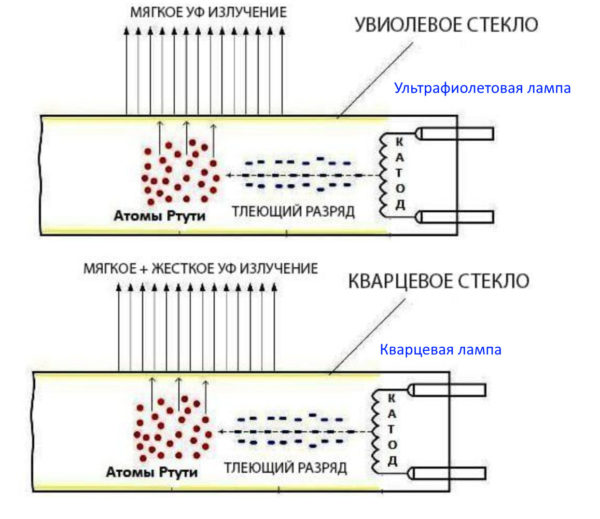
Bactericidal ultraviolet emitters use uviolet glass instead of quartz. The solution helped remove the harmful ozone and made the process safer. Optimally, when the speed and level of bactericidal treatment is not important.
It is better to buy a germicidal UV lamp for your home. It is advisable to wear protective goggles during treatment. Often they come with the emitter.
Service Life and Storage Rules
Typically, the life of any UV lamp is about 6000 - 13,000 hours, depending on power. The lifetime is affected by the number of on and off cycles as well as the operating conditions.
You can determine expired life by a significant decrease in brightness and luminous flux efficiency. You can measure functionality or usage time.
To extend the life of the devices, recommendations should be followed:
- Stabilize the voltage as much as possible. Any spikes or fluctuations accelerate the degradation of the electrodes.
- Current limiting chokes must be present in the circuit.
- Do not allow the ambient temperature to drop below 10 degrees Celsius.
- Do not turn the lamp on and off too often.
You are advised to watch the following video
Harms and benefits of the lamp
When choosing an element, consider the advantages and disadvantages of quartz and UV elements.
Quartz
The benefits of quartz sources of radiation come down to the antibacterial effect. Highlighted possibilities:
- Use for the prevention of colds, which is especially relevant in times of high morbidity.
- Ultraviolet rays destroy bacteria causing chronic bronchitis and runny nose.
- Successfully treat otitis media and other inflammation of the ear canals.
- Dosed radiation cures psoriasis, acne, eczema, and other skin diseases.
- Exposure to ultraviolet light is effective in relieving toothache.
- Ultraviolet light promotes bone fusion, strengthens joints and ligaments. Regular treatment of rooms speeds up recovery after surgery.
- Quartz room creates a favorable environment for young children, minimizing the likelihood of developing rickets or other diseases.
It is worth considering the negative effects as well. It is better to consult a specialist.
If you use the lamp not as directed or ignore the instructions, it is likely to cause harm, such as depressed vision.
Users are now offered quartz lamps of open and closed type. Open devices are only suitable for medical institutions, using them in the home is risky. Aggressive exposure to direct radiation causes damage to living tissue in humans, animals, and even plants.
Closed lamps are more convenient and safer. They provide a complete absence of harmful effects of ultraviolet light on the environment. The air is passed through the tube, where the environment is purified.
Ultraviolet
Ultraviolet lamps have similar benefits, but are safer to use. With their help, you can effectively treat arthritis, respiratory diseases, stomatitis, disinfect wounds.
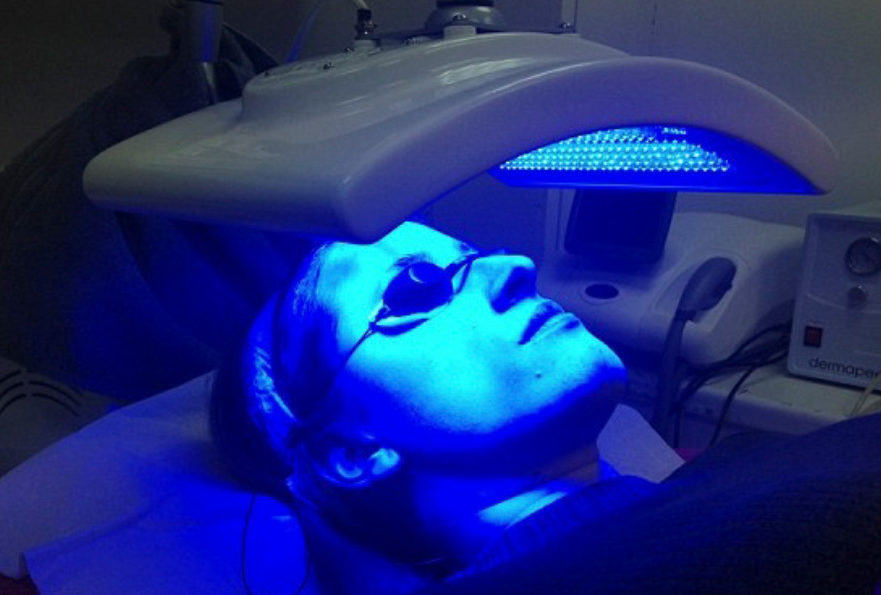
The relative safety of the elements allows their use in tanning salons and nail salons for the treatment of skin and nails.
Uviolet glass effectively filters radiation and prevents harmful ozone from penetrating the outside environment. UV lamps can be used comfortably at home.
However, you will have to pay the price for safety by weakening the bactericidal properties. It may take longer to treat rooms than with a quartz source.
Negative effects are similar to quartz elements, but it takes much longer for them to manifest. This reduces the precautionary requirements.
